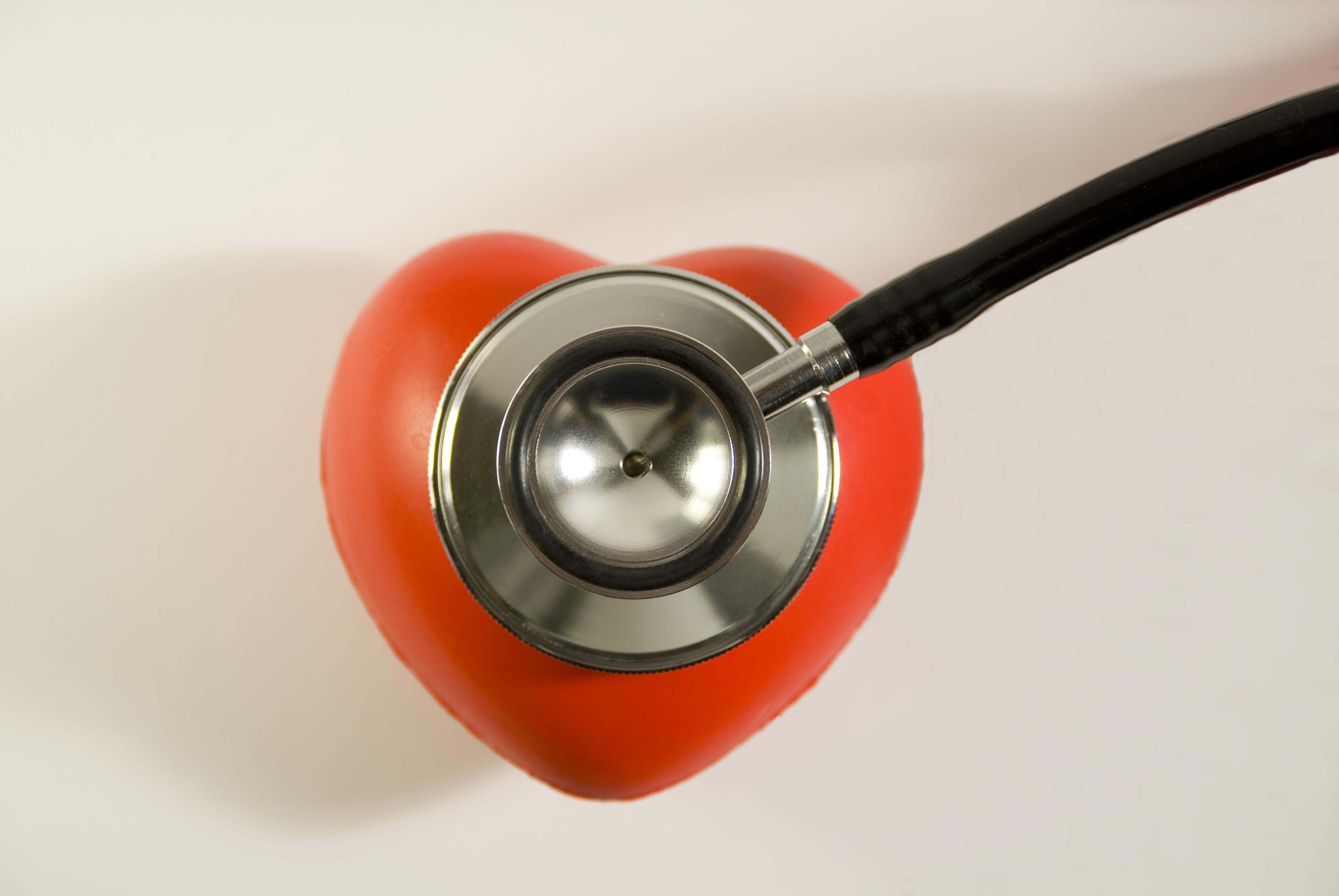Last Updated on February 3, 2020
In a survey released in early 2018, only 37% of Americans said they would be able to pay for an unexpected $500-$1000 cost. 63% of respondents said they would need to resort to measures such as cutting back other spending, using a credit card, or borrowing money from friends or family in the event of a costly emergency. We have been writing for years on our position that people should not have to decide between health care or groceries or skipping prescriptions. There are ways to build a health spending plan to ensure you are financially able to pay for medical expenses, no matter when they arise.
There are a number of savings options available that can help make the most of income. Health savings accounts (HSAs) or Flexible spending accounts (FSAs) deposits are often made pre-tax through the employer, and can be spent tax-free on qualified medical expenses. FSAs and HSAs both allow people to save money in tax-advantage accounts, but there are key differences:
-
FSAs can be used with any type or no insurance; HSAs can only be used/contributed to in conjunction with a high-deductible health plan.
-
Money in FSAs not spent by the end of year are forfeited; money in HSAs stays in the account until withdrawn, whether or not the patient remains employed by the employer that established the account or if they remain covered by a high-deductible health plan.
-
FSAs have a contribution limit of $2650; HSAs have a contribution limit of $3450 for an individual and $6900 for families.
-
Money withdrawn from an HSA for qualified medical expenses is never taxed; money withdrawn for other purposes are taxed; those who withdraw from the account for other purposes before the age of 65 face an additional penalty.
Taking advantage of these employer-based resources are a huge help in preparing for the eventuality of medical expenses, and financial well-being can relieve much of the stress from worrying about paying for health care.
There are other cost-saving methods that can save money at the pharmacy:
-
Shop around. Even pharmacies within a few miles of each other can vary widely in price, sometimes by hundreds of dollars. Chain drug stores consistently charged the most among the medications and locations polled. Independent and local mom-and-pop pharmacies were found to have bargains on prescriptions, and sometimes are flexible to match or beat competitor prices.
-
It’s okay to not use your health insurance. Many chain stores offer common generics at prices as low as $4-$15 for a 30- to 90- day supply when people pay out of pocket. NeedyMeds has a database of locations and medications available through these discount programs. Sometimes pharmacists will insist you must use your health insurance, even it the price is higher than the cash price or the price with the NeedyMeds drug discount card. They are wrong – you never have to use your health insurance if you can get a better price not using it.
-
Ask for a 90-day prescription. For drugs you will be taking long term, getting enough medicine to last three months as opposed to one can be cheaper. We mentioned the discount programs available above, and for those using insurance it would equate to only one copay instead of three.
-
Talk to your pharmacist. There may be savings available that they are not allowed to discuss unless asked.
For more information on health spending plans, watch our webinar with Pack Health, discussing topics from your household budget to chatting with your employer about tools available to help you plan for healthcare costs.




